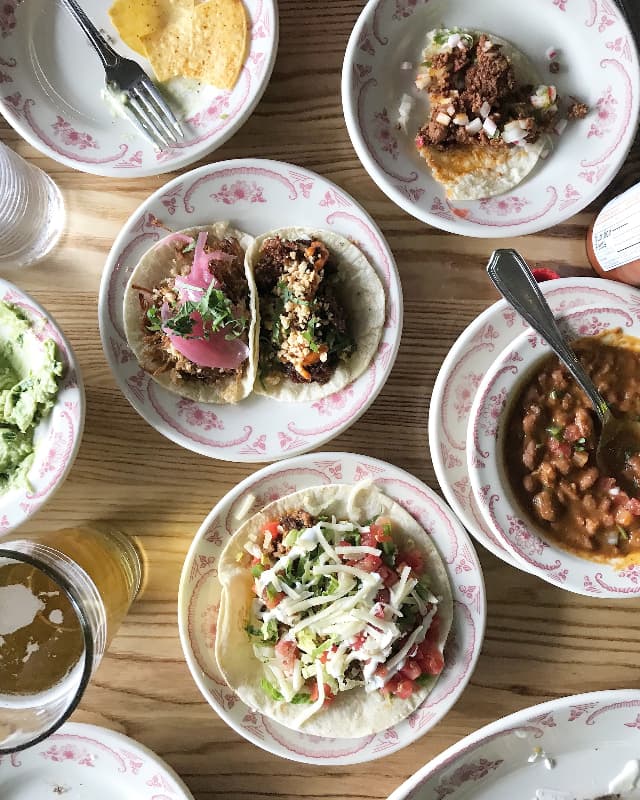Aguascalientes: A Culinary Journey Through Time & Spice
Discover the rich history and diverse cuisine of Aguascalientes, Mexico. A small but important state known for its exceptional food, the cuisine of Aguascalientes is influenced by pre-Hispanic, Spanish, and Mexican cultures. Explore the roots and taste the magic of this region's food.

It is well known that Mexico occupies a very important place among the best cuisines in the world, and the state of Aguascalientes, one of the smallest states in the country, territorially speaking, contributes to this honor, with the magic of its cuisine. Every region of the world keeps its secrets and worships its food, and Aguascalientes would be no exception.
Aguascalientes is a region of great and deep-rooted roots, therefore Aguascalientes knows how to eat. In pre-Hispanic times, the territory now occupied by the state of Aguascalientes was inhabited by the Chichimeca peoples who based their livelihood on plant gathering and hunting.




